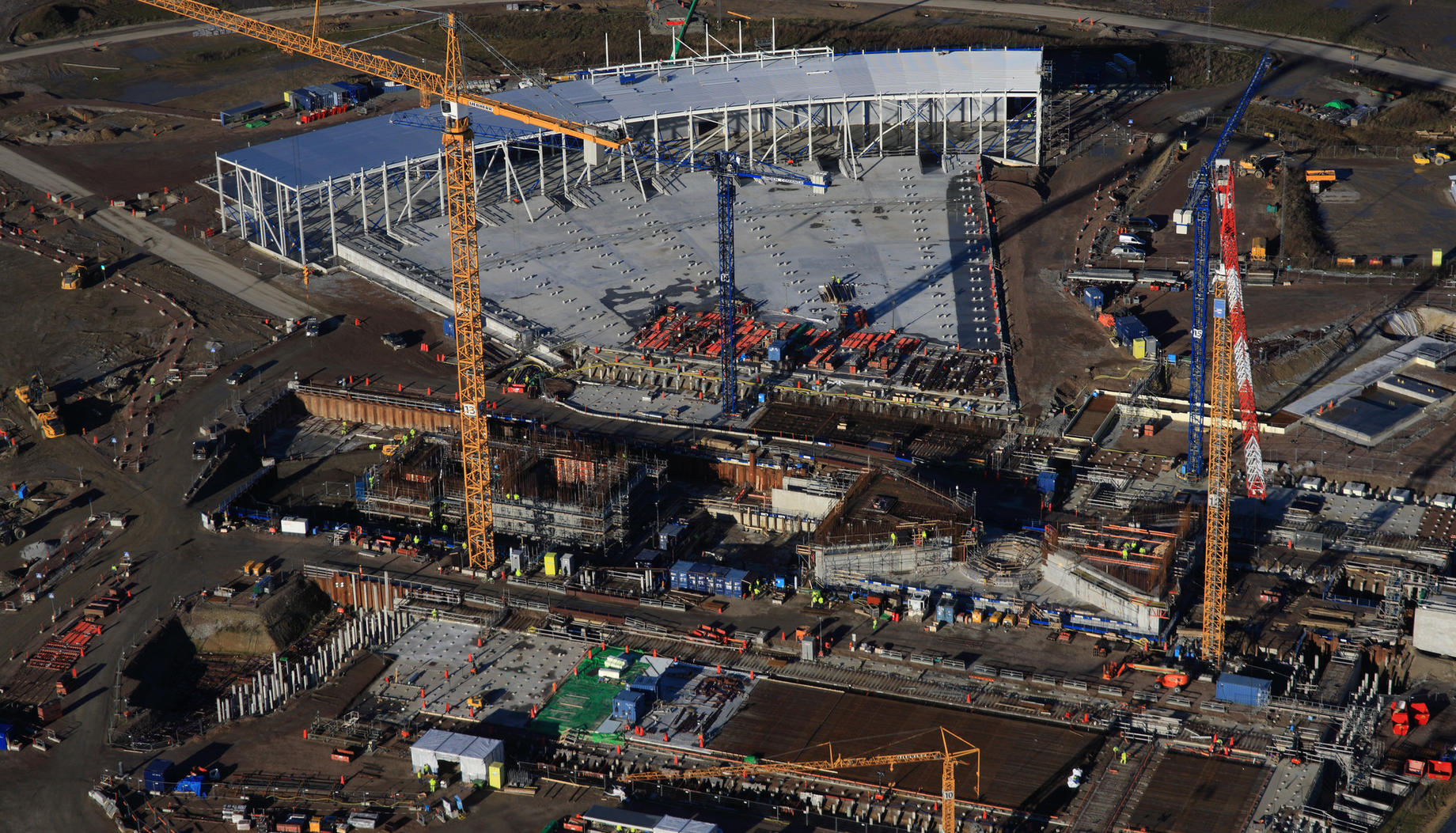
New construction requirements covering radiation protection and security measures have inevitably led to extra construction costs for the ESS project. These additional safety measures mainly concern the construction of the Target Station, which now has to be able to withstand extremely unlikely events, such as severe earthquakes.
“Safety is always a priority at ESS and we need to deliver it at the same time as excellent science. We will always follow all safety regulations to the letter,” says ESS Director General John Womersley. “This research facility will deliver world-leading science for several decades, so it is important that it is built to operate as safely and sustainably as required.”
New Regulations Mean Additional Costs
The impact of new regulations affecting the European Spallation Source (ESS) became clear only recently and well after the construction start, so the additional costs related to the enhanced radiation protection and measures to deal with antagonistic threats were not included in the original construction budget. The final costs for implementing these safety measures are not yet determined, but are estimated by ESS management to be around 135 M€. An independent assessment will be carried out in the beginning of 2018.
The increased costs have been noted by ESS Council and the member states of the organisation, and consensus on how they should be handled is aimed to be achieved by the end of next year.
Project on Track for 2023 User Program Start
The ESS project overall continues to maintain schedule and budget. ESS will start operations in 2019 with commissioning of the accelerator, followed by neutron production and commissioning of instruments. The user programme at ESS will start in 2023, and no delays to this date are foreseen.
ESS is one of the largest scientific infrastructure projects currently underway, with a construction budget of 1843 M€. ESS will be the world's most powerful neutron source and will enable scientific breakthroughs in research related to materials, energy, health and the environment, addressing some of the most important societal challenges of our time.
























